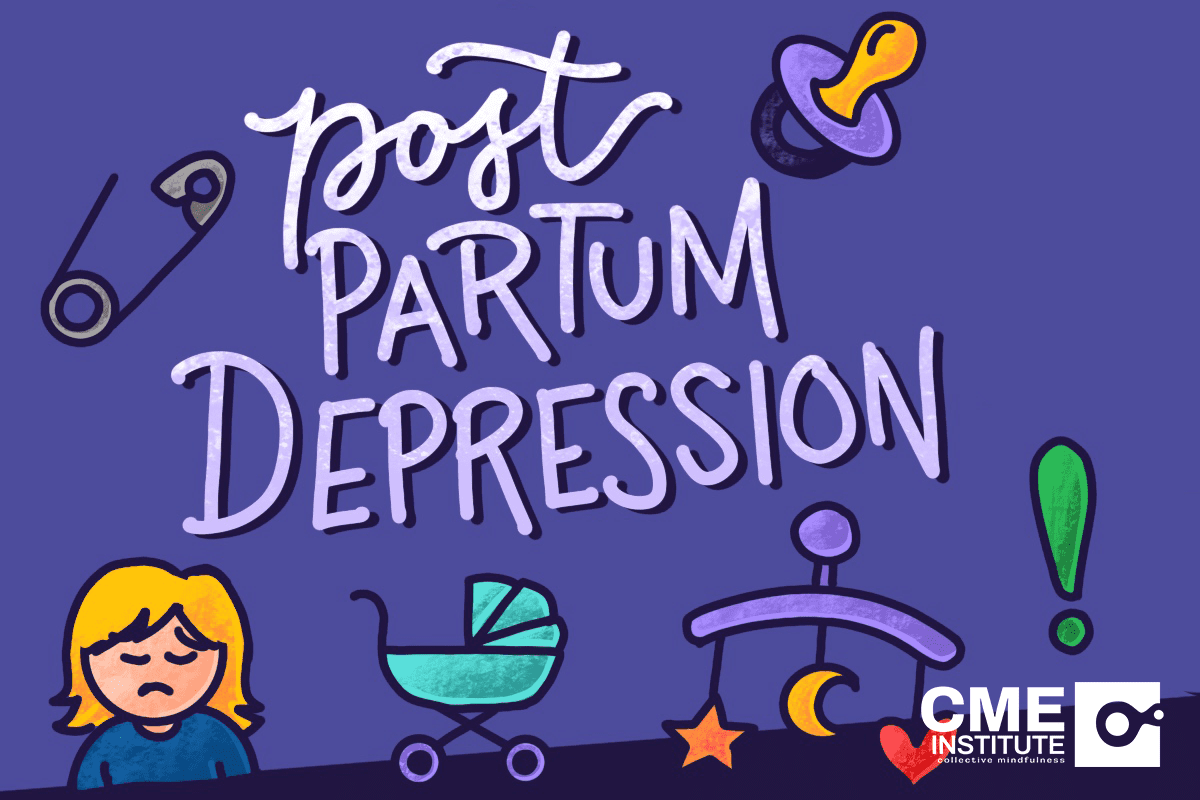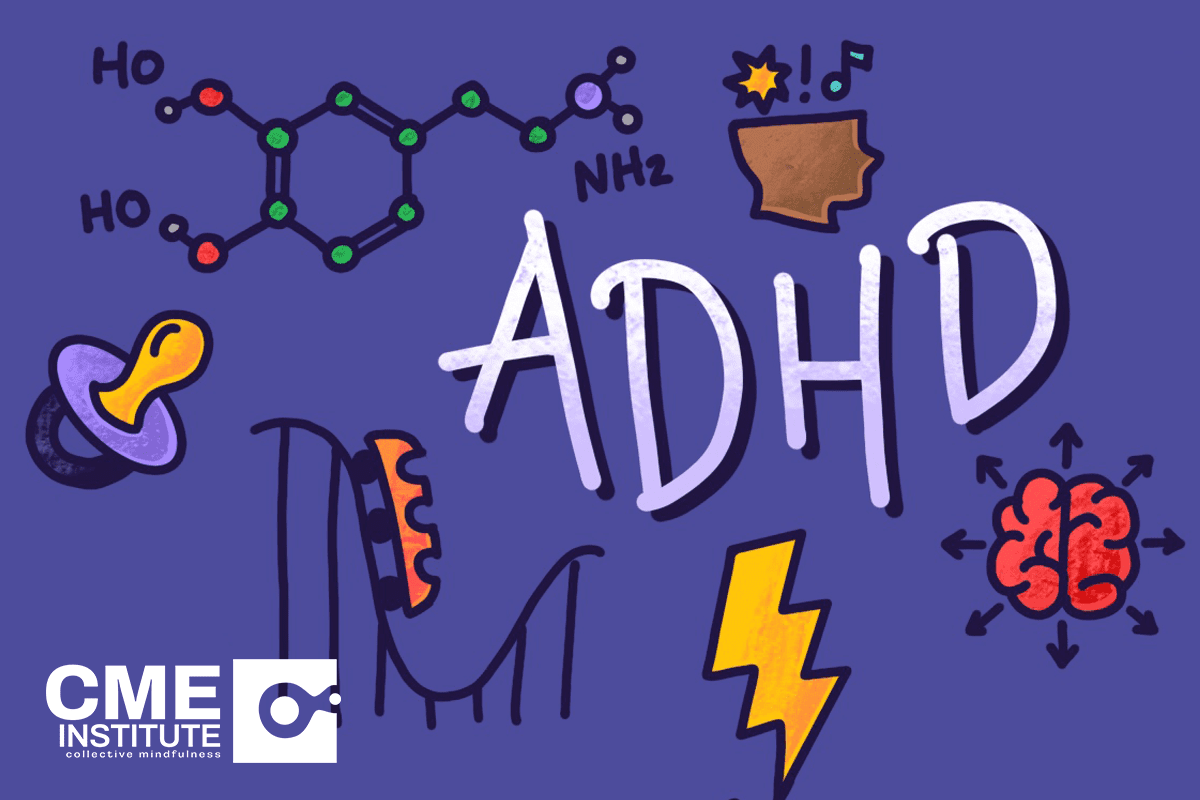Abstract
Despite their legality, alcohol and tobacco both have a well-documented potential for misuse and elevate users’ likelihood for disease. Dependence on alcohol also contributes to opioid overdoses, which claim 130 lives every day. Although awareness of the opioid epidemic is rising broadly among health care professionals, a majority of Americans still do not receive adequate, FDA-approved medications for their addiction. Effective medications are available for alcohol use disorder and medications for opioid use disorder have validated benefits that justify their use. In recent years, psychedelic compounds have attracted interest among scientists for their potential to alter mood and cognition in beneficial manners. Already, some evidence supports the use of psilocybin in alleviating symptoms of depression and anxiety; psychedelic compounds also have potential as alcohol use disorder treatments and may help reduce symptoms tied to opioid withdrawal. Because substance use disorders can culminate in death, a comprehensive, integrated, public health approach to the treatment of people with substance use disorders is essential.
See related articles by Citrome and Meyer, Deligiannidis and Vaughn, NewcornNewcorn, and Thase
Claiming 130 lives every day, opioid overdoses are now the leading cause of death among American adults aged 25 to 44 years of age.1,2 Although awareness of the opioid epidemic is rising broadly among health care professionals, a majority of Americans still do not receive adequate, FDA-approved medications for their addiction.3 In a retrospective cohort study of opioid overdose survivors based in Massachusetts (n = 17,568), researchers noted that only 17% received buprenorphine for a median of 4 months; even fewer enrolled in methadone maintenance treatment (11%) or treatment with naltrexone (6%).4 This persistent undertreatment, confirmed by findings from other studies on opioid use disorder, traces its origins, in part, to the strong stigmas generally harbored toward medications.5,6 Health care providers participating in a 2019 Veterans Affairs survey on treatment barriers viewed the medications for opioid use disorder as “not effective” and expressed concerns regarding medication diversion.6 Logistical barriers such as requirements to present to the clinic daily for methadone, limited availability of physicians and other providers providing treatment for opioid use disorder, and financial barriers5 remain problematic as well, even when clinicians trust patients to take medication as directed.
Approximately 20 million residents of the United States live in a county without a buprenorphine-waived practitioner.7
Medications for opioid use disorder, namely buprenorphine, methadone, and naltrexone, have validated benefits that justify their use. Methadone and buprenorphine have been demonstrated to lower the mortality rate for people with opioid use disorder.8 Beyond decreasing mortality, these medications improve family stability and the odds for stable employment. Researchers estimate that methadone and buprenorphine reduce all-cause mortality in individuals with opioid use disorder by 53% and 37%, respectively.4
Because opioid and substance use disorders can culminate in death, early intervention is essential. Screening Brief Intervention and Referral to Treatment, or SBIRT, is a comprehensive, integrated, public health approach to the treatment of people with substance use disorders. The intervention is adaptable to the risk of those presenting to clinicians for substance misuse and those with substance use disorders. For individuals with moderate substance use disorder, SBIRT endorses a brief intervention that raises awareness of addiction consequences to motivate behavioral change. In addition to a motivational discussion, these patients require instruction on coping mechanisms, problem solving skills, and ways to build a supportive social environment. When individuals have a history of severe substance use disorder, in addition to the above, clinicians must refer them to other health care providers equipped to address their acute needs.9
SBIRT is cost-effective and significantly improves outcomes for both patients with substance use disorders and the health care systems that treat them. Researchers estimate that SBIRT decreases harmful alcohol use by 39% and other illicit substance use by 68%. These decreases, in turn, drive reductions in overall health care costs by minimizing the need for emergency department visits and inpatient admissions. The improved general health of patients who have undergone SBIRT also leads to improved general health and increased rates of employment.10,11
Despite their legality, alcohol and tobacco both have a well-documented potential for misuse and elevate users’ likelihood for disease. Within the United States, researchers estimate that 14.8 million people are diagnosed with alcohol use disorder, which increases the risk of stroke, alcoholic hepatitis, cancer, motor vehicle crashes, and burn injuries.12 Dependence on alcohol also contributes to opioid overdoses and increases the likelihood of sexual assault, homicide, and suicide.12,13 Like alcohol, tobacco exerts diverse, pernicious effects on the body and can lead to heart disease, lung cancer, diabetes, and rheumatoid arthritis.14 Over time, tobacco degrades the gums and can trigger tooth loss.15 Fortunately, effective medications are available for both alcohol use disorder and tobacco use disorder and should be encouraged as early as possible to optimize patient outcomes and life expectancy.
In recent years, psychedelic compounds have attracted interest among scientists for their potential to alter mood and cognition in beneficial manners. To spur research in this area, the National Institutes of Health pledged $1.5 million in support of studies investigating these drugs’ effects on those with substance use disorders.16 Already, some evidence supports the use of psilocybin, a substance from mushrooms, in alleviating symptoms of depression and anxiety.17 Others, namely ayahuasca, peyote, and lysergic acid diethylamide (LSD), have potential as alcohol use disorder treatments. Ibogaine, sourced from a shrub native to Africa, may help reduce symptoms tied to opioid withdrawal.18
Going forward, it is essential that researchers address racial disparities in access to psychedelic treatments. By increasing representation of racial and ethnic minoritized populations in clinical trials testing psychedelics for substance use disorders, researchers can ensure that the results are applicable to the general population.19
Article Information
Published Online: August 9, 2023. https://doi.org/10.4088/JCP.muladx3048sho
J Clin Psychiatry 2023;84(4):muladx3048sho
© Copyright 2023 Physicians Postgraduate Press, Inc.
To Cite: Jordan A. Emerging perspectives in addiction psychiatry. J Clin Psychiatry 2023;84(4):muladx3048sho
Faculty Affiliations: Department of Psychiatry, NYU Grossman School of Medicine, New York, NY.
Faculty Financial Disclosure: Dr Jordan has no disclosures.
Disclaimer: The opinions expressed herein are those of the faculty and do not necessarily reflect the opinions of the CME Institute.
References (19)

- Sarfraz Z, Sarfraz A, Sarfraz M, et al. Ripple collision of three epidemics: vaping, opioid use, and COVID-19. Addict Health. 2021;13(4):277–278. PubMed. 10.22122/ahj.v13i4.303
- Dezfulian C, Orkin AM, Maron BA, et al; American Heart Association Council on Cardiopulmonary, Critical Care, Perioperative and Resuscitation; Council on Arteriosclerosis, Thrombosis and Vascular Biology; Council on Cardiovascular and Stroke Nursing; Council on Quality of Care and Outcomes Research; and Council on Clinical Cardiology. Opioid-associated out-of-hospital cardiac arrest: distinctive clinical features and implications for health care and public responses: a scientific statement from the American Heart Association. Circulation. 2021;143(16):e836–e870. PubMed CrossRef
- Kennedy-Hendricks A, Barry CL, Stone E, et al. Comparing perspectives on medication treatment for opioid use disorder between national samples of primary care trainee physicians and attending physicians. Drug Alcohol Depend. 2020;216:108217. PubMed CrossRef
- Larochelle MR, Bernson D, Land T, et al. Medication for opioid use disorder after nonfatal opioid overdose and association with mortality: a cohort study. Ann Intern Med. 2018;169(3):137–145. PubMed CrossRef
- Madras BK, Ahmad NJ, Wen J, et al. Improving access to evidence-based medical treatment for opioid use disorder: strategies to address key barriers within the treatment system. NAM Perspect. 2020. PubMed CrossRef
- Mackey K, Veazie S, Peterson K. Evidence brief: barriers and facilitators to use of medication for opioid use disorder. Presented August 2019; Portland VA Medical Center. ESP. https://www.hsrd.research.va.gov/for_researchers/cyber_seminars/archives/3676-notes.pdf. Accessed July 13, 2023.
- Andrilla CHA, Moore TE, Patterson DG, et al. Geographic distribution of providers with a DEA waiver to prescribe buprenorphine for the treatment of opioid use disorder: a 5-year update. J Rural Health. 2019;35(1):108–112. PubMed CrossRef
- Fullerton CA, Kim M, Thomas CP, et al. Medication-assisted treatment with methadone: assessing the evidence. Psychiatr Serv. 2014;65(2):146–157. PubMed CrossRef
- SBIRT. Columbia University Department of Psychiatry. 2020. Accessed July 14, 2023. https://www.columbiapsychiatry.org/research/research-areas/substance-use-disorders/education/sbirt/
- Madras BK, Compton WM, Avula D, et al. Screening, brief interventions, referral to treatment (SBIRT) for illicit drug and alcohol use at multiple healthcare sites: comparison at intake and 6 months later. Drug Alcohol Depend. 2009;99(1–3):280–295. PubMed CrossRef
- Substance Use Disorders. Columbia University Department of Psychiatry. 2017. Accessed July 14, 2023. https://www.columbiapsychiatry.org/research/research-areas/substance-use-disorders/
- Alcohol Portal. Centers for Disease Control and Prevention. 2022. Accessed July 14, 2023. https://www.cdc.gov/alcoholportal/ triple reuptake inhibitors index.html/
- National Center for Drug Abuse Statistics. Alcohol Abuse Statistics. 2022. Accessed July 14, 2023. https://drugabusestatistics.org/alcohol-abuse-statistics
- Gallucci G, Tartarone A, Lerose R, et al. Cardiovascular risk of smoking and benefits of smoking cessation. J Thorac Dis. 2020;12(7):3866–3876. PubMed CrossRef
- Silveira ML, Everard CD, Sharma E, et al. Tobacco use and incidence of adverse oral health outcomes among US adults in the Population Assessment of Tobacco and Health Study. JAMA Netw Open. 2022;5(12):e2245909. PubMed CrossRef
- Calvillo NB. NIH invests $1.5M in psychedelics research for substance use disorders. Mugglehead Magazine. Published online May 19, 2023. Accessed July 14, 2023. https://mugglehead.com/nih-invests-1-5m-in-psychedelics-research-for-substance-use-disorders/
- Sloshower J, Skosnik PD, Safi-Aghdam H, et al. Psilocybin-assisted therapy for major depressive disorder: An exploratory placebo-controlled, fixed-order trial. J Psychopharmacol. 2023;37(7):698–706. PubMed CrossRef
- Winkelman M. Psychedelics as medicines for substance abuse rehabilitation: evaluating treatments with LSD, peyote, ibogaine and ayahuasca. Curr Drug Abuse Rev. 2014;7(2):101–116. PubMed CrossRef
- Morales J, Quan E, Arshed A, et al. Racial disparities in access to psychedelic treatments and inclusion in research trials. Psychiatr Ann. 2022;52(12):494–499. CrossRef
Save
Cite
Advertisement
GAM ID: sidebar-top






